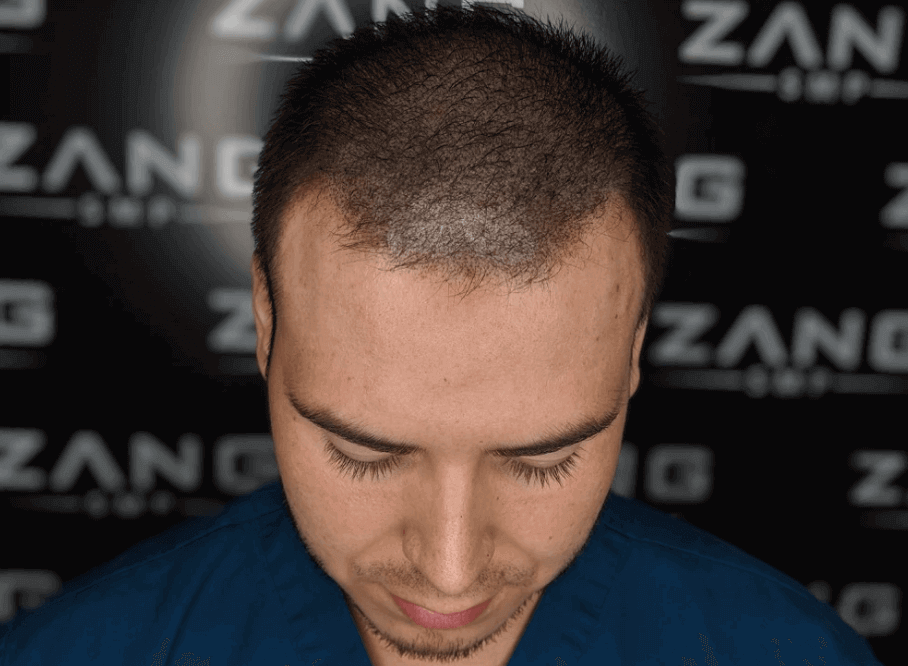Navigating Baldness: A Guide to Positive Self-Image
Reviewed by Zang and Ridwan
Around 70% of men will deal with balding or thinning of hair at some point. The most drastic side effect of balding is not in the physical, but the emotional aspect. A considerable percentage of men suffer from low self-esteem shattered by baldness beyond existence. The hard truth and what most men find hard to accept is that there isn't anything that they can do about it since it's ingrained in their DNA. Therefore, the acceptance of balding is crucial and knowing that there are certain things we can do to address the issue is the first step towards waging war on balding. This article sheds light on the various ways to deal with balding.
Nutrition
The saying that you are what you eat is true to some point. Although it won't completely eradicate balding, living off donuts won't help either. Having a poor diet weakens the hair follicle and promotes breakage. Although a healthy diet won't bring back the lost hair, it will improve the health of existing ones making them shinier and thicker. Skimping on various elements such as vitamin B rich foods like fish, eggs and pork and spinach only leads to more hair deficiency.
Choosing Your Hair Care Brand Carefully
Shampoos such as Nioxin boast of fighting thinning hair. No shampoo in the market can reverse your hair loss detriment despite the jibber jabber and product marketing gimmick out there. Despite the non-existence of such shampoos, Nioxin will work to preserve the existing hairs you have left. Feeding your hair both internally and externally promotes the looks of your hair by making it shinier and thicker. Thus, using shampoos with natural products such as mint and rosemary goes a long way in promoting the health of your hair.
Hair Surgery
This modern method entails the removal of hair strips from the back of the head and transplanting it to the affected regions. The doctor separates each strand or hair graft under the microscope and surgically transplants them on the affected areas using minor incisions. FUE extraction is done during cases of severe hair loss and includes sourcing of hair from other body parts.
Medication
The most commonly known use of drugs is Propecia, also known as Finasteride. The drug, used in the treatment of cancer, was used to block the production of the male hormone DHT. Despite being a long term commitment, it is effective in growing hair, and once its usage gets stopped, you'll experience hair loss within the first three to eight months. Side effects may include a lack of desire for sex and impotence.
Scalp Micropigmentation
It is by far the most recommended and full proof method of combating hair loss. It is a non-surgical hair treatment method that involves embedding pigments under the affected areas which seamlessly integrates with the existing hair. It gives an illusion of a full head and restored hairline. Scalp micropigmentation comes across as a non-invasive, fast healing and permanent procedure that restores confidence. The only downside to it may be an allergic reaction to specific components in the pigment.
Conclusion
Despite a multitude of the much-hyped solutions towards balding that's flooding the market, there's no full-proof method out there that can re-grow back lost hair. The only popular and best method out there is skin micropigmentation, which lasts around eight years. It can be re-done periodically due to skin shedding, thus enhancing one's look.
